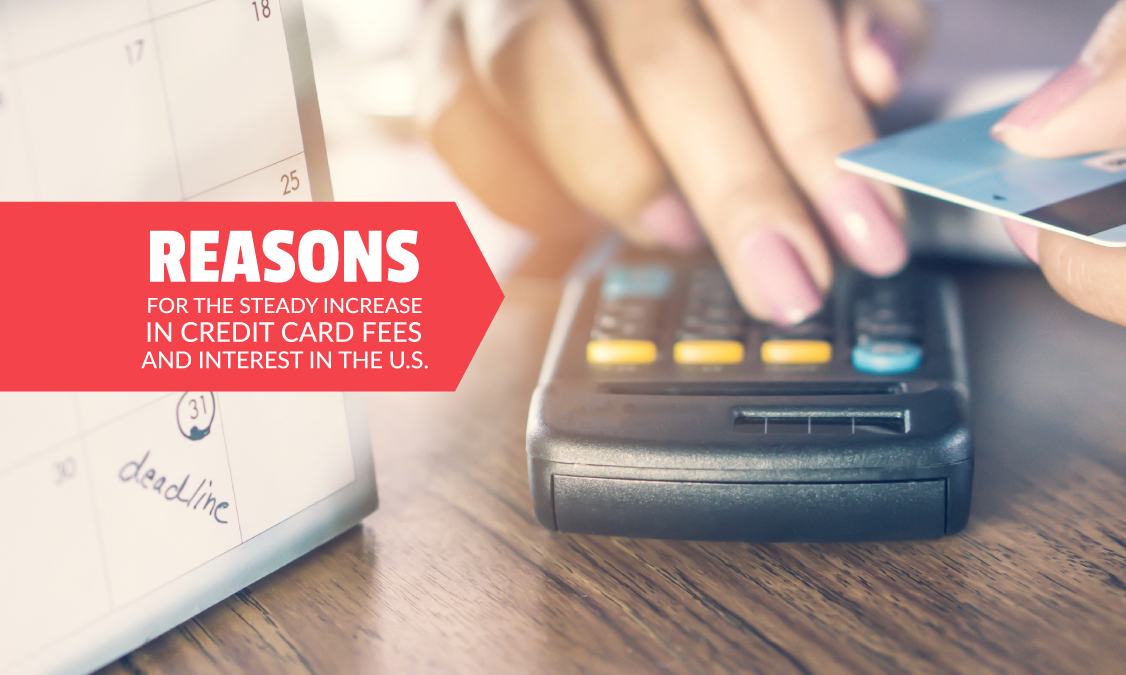According to CNBC, the average interest rate for a credit card in the US is 17 percent. However, this figure can be more significant depending on the card and the credit score of the user. An FDIC report shows that Americans spent over $100 billion on credit card fees and interests in 2017.
The FDIC report indicates that US consumers incurred $104 billion on their credit card fees as of March 31, 2018. Though this is the first time the credit card charges were above the $100 billion threshold, the number is likely to increase over the years. The data also shows that Americans accrued more than $1 trillion in credit card debt.
US credit card interest rates recorded a slow growth for the past few years. The credit card fees and interests Americans are incurring grew by 11 percent from the previous year’s numbers. The number was at $93.7 billion from March 31, 2016, to March 31, 2017. Back in 2013, the figure was at $74.6 billion.
Why the Interests and Fees Increased
Credit card companies raise their interest rates just like how the Federal Reserve raises the rates. The Federal Reserve raised the credit card fees and interests twice by a quarter point in 2018. The authority also increased the charges by three-quarter points in 2015, 2016 and 2017.
What Consumers Should Do
Since travel cards have higher interest rates than other cards, the users should be cautious about this growing trend. They need to consider the card fees and interest rates when they’re trying to gain points on travel. They should also pay their balances in full to avoid paying high interests.
When you fail to pay your travel card balance, the paid interests can negatively affect the benefits of the miles and points you earn. The same rule applies to credit cards that offer reward points to the users. You should focus on reducing the funds you spend on paying credit card interests and fees.



